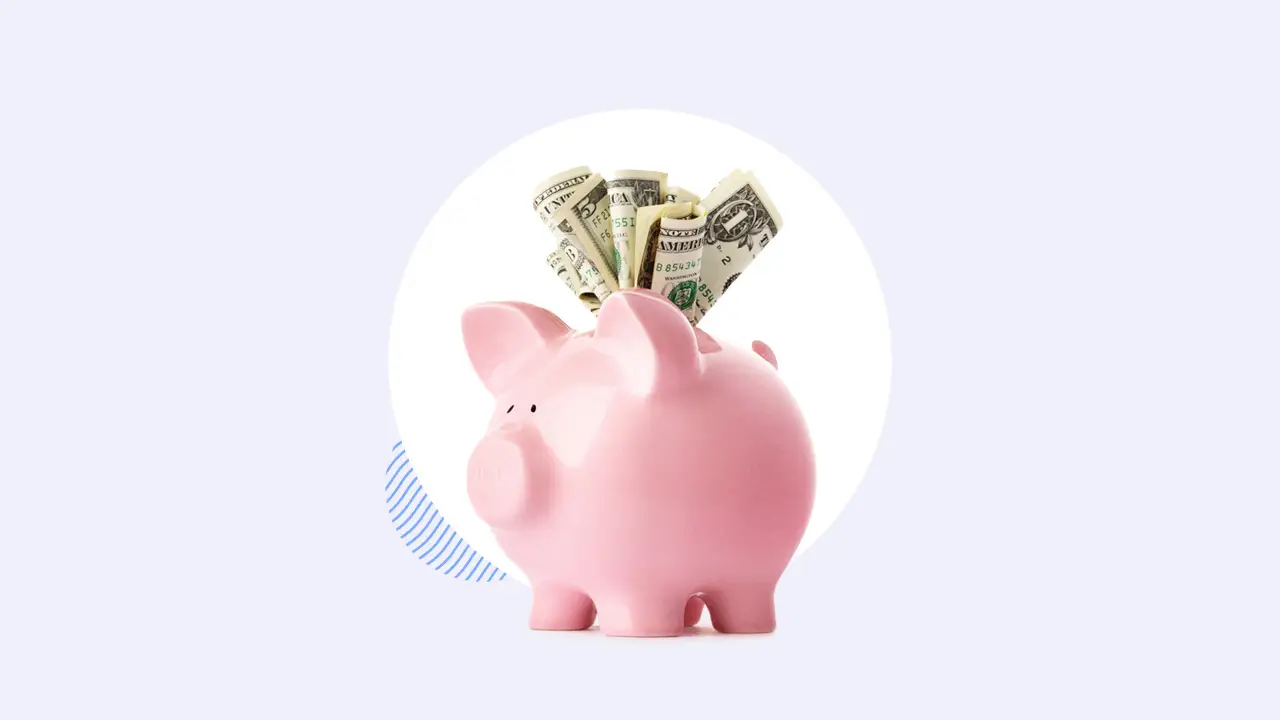Checking account bonuses can be a smart way to make your money work a little harder, but not all offers are created equal. Some come with generous rewards, while others have hidden strings attached that can easily eat into your earnings. Knowing how to evaluate these promotions before you sign up can help you make the most of every opportunity.
Look Beyond the Headline Number
It is tempting to focus on the largest dollar amount in an ad, but that number rarely tells the whole story. A $400 bonus might sound impressive, yet it could require a $5,000 deposit or several months of activity before it is paid out. Meanwhile, a smaller bonus with fewer conditions might actually deliver better value for your situation.
To compare fairly, calculate the effective return by dividing the bonus amount by the minimum deposit required. This helps you see which offer provides the best reward relative to the money you are tying up.
Check Deposit and Activity Requirements
Most checking account bonus offers come with detailed requirements about what you must do to qualify. These typically include direct deposits, debit card transactions, or maintaining a certain balance for a set number of days.
Before opening a new account, ask yourself whether you can realistically meet those conditions. If the offer requires multiple direct deposits within 60 days, for example, but you are self-employed or have irregular income, it might be difficult to qualify.
When considering opening a checking account, it’s worth exploring a checking account bonus such as PNC Bank’s. Many banks provide detailed terms online, allowing you to confirm eligibility and avoid surprises later.
Understand the Fee Structure
A great-looking bonus can lose its shine if account maintenance fees eat into your reward. Some checking accounts require a monthly minimum balance or specific account activity to avoid service charges. If you fall short, those fees can quickly offset the bonus you earned.
Before you apply, review the account’s fee schedule carefully. Look for options that allow you to waive monthly charges through direct deposit or debit activity. Ideally, the account should remain low-cost or free even after you receive the bonus.
Verify the Bonus Timeline
Timing matters. While some banks pay bonuses within weeks, others take several months. Make sure you know how long it takes for the bonus to post and whether the bank requires the account to remain open for a certain period afterward.
Keeping a simple spreadsheet or reminder calendar can help you track deadlines for deposits, transactions, and payout windows. It also ensures you stay organized if you decide to take advantage of multiple offers over time.
Factor in Long-Term Value
A good bonus is only part of the picture. If you plan to keep the account, consider how it fits into your broader financial goals. Does the account offer strong digital tools, widespread ATM access, or high interest on savings? These features may be more valuable than a one-time cash reward.
Evaluating the long-term usability of the account helps you decide whether the promotion is worth the effort or just a short-term perk.
Final Thoughts
Evaluating checking account bonus offers like a pro requires more than just scanning for the biggest dollar amount. It involves understanding the deposit requirements, fee structures, and payout rules that determine your actual gain.
By taking a careful, numbers-driven approach, you can confidently choose the promotion that aligns with your habits and goals—and make sure that the next checking account you open truly pays off.




